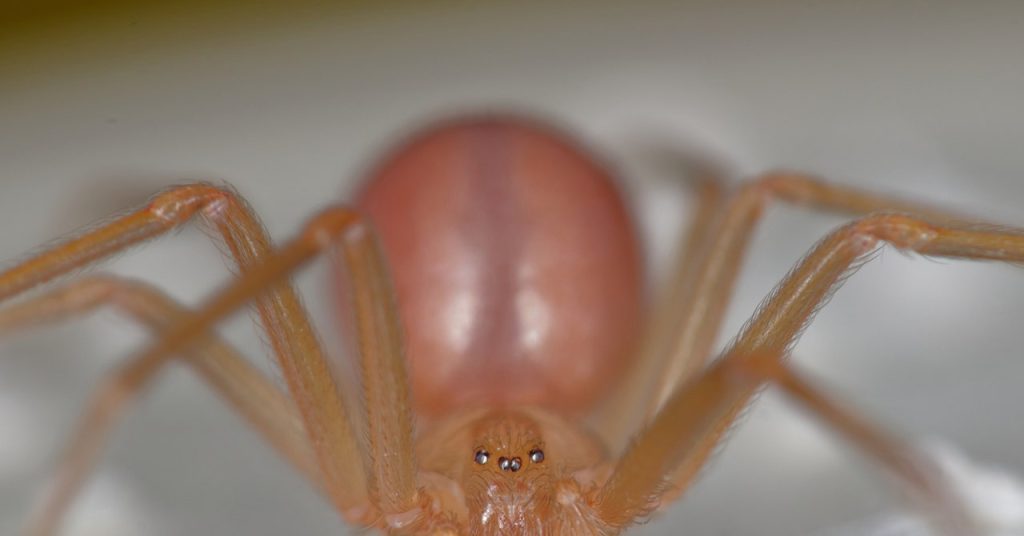Understanding the Misconceptions About Recluse Spiders
The Cyclical Nature of Spider Misinformation
“Fiddlers have become the favorite villain and, unfortunately, according to what I have seen, the problem is cyclical. Every so often the ‘season’ arrives. But not of fiddlers, but of fake news,” Barrales Alcalá says.
The activity of recluse spiders doesn’t change with the seasons. In Mexico, the limited statistics on spider bites don’t justify the level of concern seen in the media.

Geographic coverage of human-spider encounters, 2010 and 2020, based on 5,000+ news articles from 81 countries, published in Nature. In blue, encounters with fiddler spiders; in orange, bites; in red, fatal bites. Illustration: Nature
Recluse Spiders: Habits and Risks
Recluse spiders prefer to live in secluded areas of our homes, such as cellars. They are not aggressive and bites usually occur due to accidental contact or when people try to handle them.
If bitten, the venom can cause tissue inflammation and, in severe cases, gangrene. A purplish-blue sore may form on the skin, affecting about 10 to 16 percent of cases, according to a study published in Current Biology in 2022.

Global distribution of news articles about spiders and factors driving misinformation. In blue, the proportion of rigorous articles on the topic; in purple, that of sensational articles. Illustration: Current Biology
The Importance of Spiders in Our Ecosystem
Spiders play a crucial role in controlling pests like flies, moths, and mosquitoes, which can carry diseases. They also help keep away other unwanted species such as scorpions and bedbugs. However, due to fears surrounding recluse spiders, many harmless spiders are killed unnecessarily. In Mexico City alone, there are an estimated 80 to 90 spider species commonly found in homes.
Media Sensationalism and Its Impact
Barrales Alcalá recalls a period before the pandemic when media reports claimed that fiddleback spiders were “invading” Mexico City. In reality, the recluse spider species Loxosceles tenochtitlan had always been native to the Valley of Mexico but was only described for the first time in 2019. Alejandro Valdez Mondragón, who led the research group behind this discovery, stated in an interview with National Geographic, “In any case, the ones who invaded their natural space are us, human beings.”
Changing Perceptions
Barrales Alcalá believes that media campaigns have made people more aware of these spiders, but often in a negative light. He suggests that repeated warnings make people more likely to notice spiders and react with fear, even though these spiders have always been present.
“Maybe, after seeing in the media the campaigns that warn about the season, after hearing over and over again, ‘Here comes the bogeyman,’ we turn to see the spider that is there, in the corner, and realize: ‘Oh boy, it’s a violinist!’” he says. “That doesn’t mean we didn’t have it there before.”

1 Comment
Why does everyone overreact about these spiders?